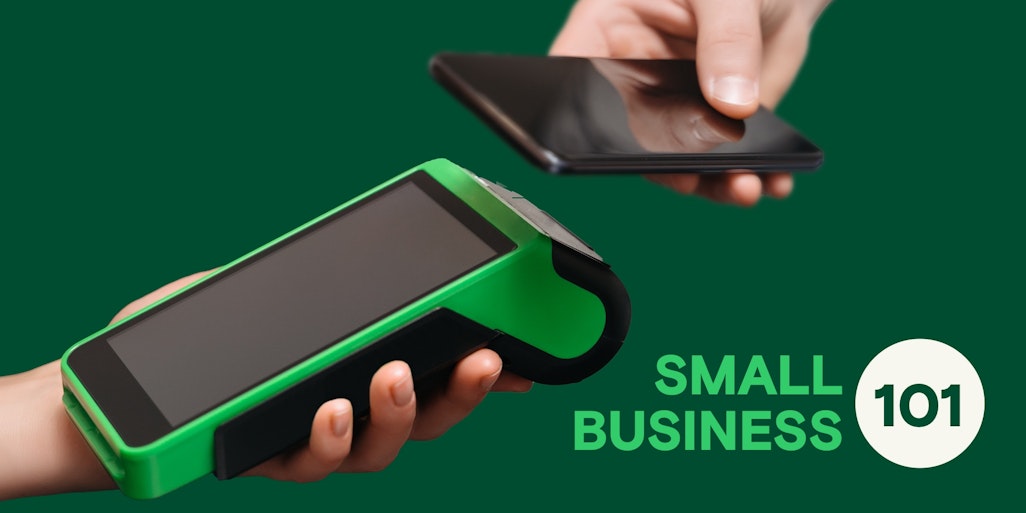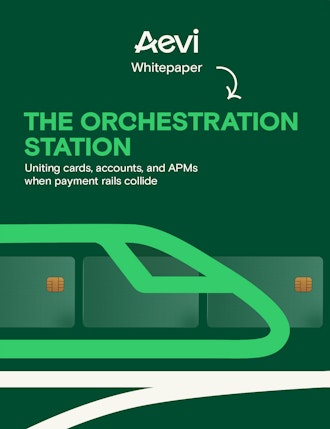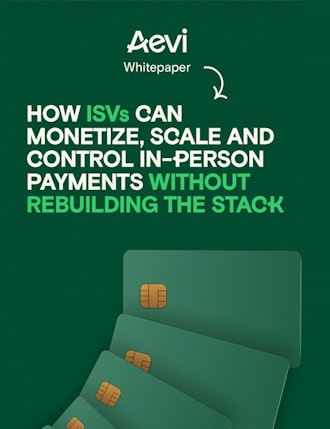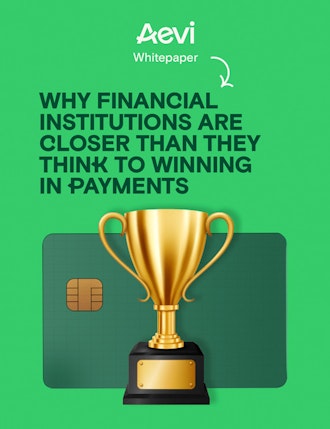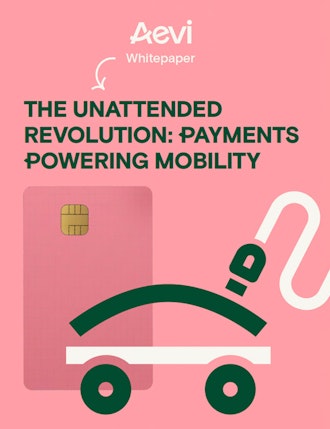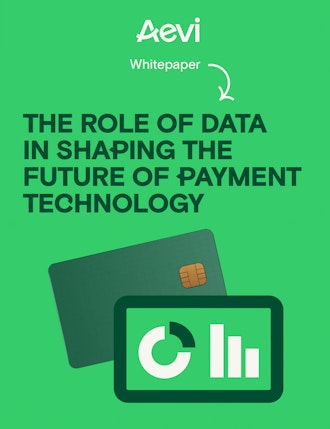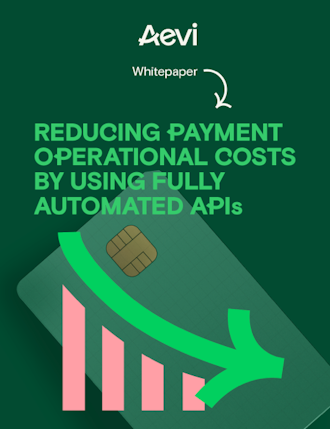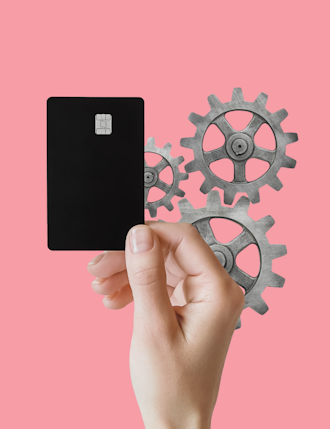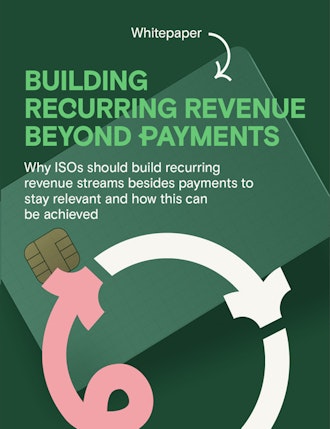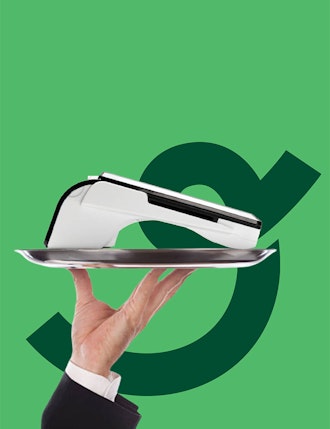As a small business, you need to get paid quickly. Cashflow will be the lifeblood of your business, and you need money coming in as soon as you make sales with your customers. Whether you’re a retailer selling completely online, just in-person or a combination of the two you’ll need to be set up to take card payments.
So, how do you do it? This is what you need to know.
The 4 key steps for taking card payments
1. How will you take card payments
The way your customers pay will depend on how your business is set up. For example, if you’re selling in-store, they will pay with a card machine at the point of sale. If you’re a small business that hasn’t done this before, then a payment starter pack that gives you everything you need straight out of the box can be a good place to start.
For online selling, you’ll need to set up a payment gateway and for payments over the phone, it will be done through a virtual terminal. In this article, we’re going to focus on the first two.
2. Choose a payment processor
A payment processor is the glue that sticks the whole process together and facilitates the flow between the bank and the merchant.
These technology companies have the infrastructure and technical connections necessary to authorise transactions and move them from the merchant through the card networks to a consumer’s bank and back again. They manage the process of moving the funds from the consumer’s bank to your bank. Without effective payment processing the chain doesn’t connect. At Aevi, this is the job that our payment platform has been designed for.
3. Get yourself a merchant business account
A merchant business account enables you to accept and process electronic payment card transactions. You’ll need to partner with a merchant-acquiring bank that will facilitate all communications in an electronic payment transaction.
With a merchant business account in place, it’s guaranteed to improve your cash flow. Once payments are made, money can be transferred digitally and immediately, meaning you get paid straightaway.
You’ll likely have to pay fees for your merchant account, and this will be dependent on the volume of monthly card transactions. Monthly fees will also likely cover other costs like Payment Card Industry (PCI) security standards.
4. Set up your payment terminal
To be able to accept debit or credit card payments, you’ll need to set up payment terminals across your business.
For in-person sales, you’ll need hardware like a card reader and a POS. When you choose a card reader, look for things like contactless payment, chip and pin etc. For online sales, you’ll need to set up online payments through your payment gateway. Depending on your e-commerce platform, you may find the payment portal is already available from your platform, say Shopify for instance. If you’ve built the website yourself, you/your developers may need to work with your card processing provider to add card processing to your website.
How does the card payment process work?
The card payment process works like this. Let’s take the example of an in-person card payment made in a brick-and-mortar shop.
- The customer checks out good at the POS and gets out their card to pay.
- You take out the card reader and they tap it with their card.
- The transaction travels from the card machine to your merchant account, where it waits for approval.
- The customer’s card company is alerted about the attempted purchase and contacts their bank to ensure there is enough money in the account.
- The customer’s bank tells the card company that the funds are there to afford the purchase.
- The card company approves the transaction and the transaction remains in your merchant account while it’s being cleared.
Online payments work in much the same way, with a customer paying through an online payment gateway once they have selected their purchases on your website. With multiple steps in the chain, it’s clear the key role that payment processing plays, orchestrating the transaction step-by-step.
It’s, therefore, crucial to choose your technology provider wisely.
Choosing the right payment platform for your small business
You need a technology provider that enables payment processing to facilitate each step of the card payment process. That’s a given.
But let’s look at a couple of other scenarios where the right technology is essential for the smooth running of your business and to provide a great experience for your customers. Say, for example, you want to sell both online and in-person and you want the process to be connected, with reliable data to understand sales and customer behaviour. Perhaps you’re selling online and your business quickly grows into other territories and markets. It’s fundamental to be able to offer your new customers the ability to pay in their currency. Or maybe your customers want to use an alternative payment method. Or you want to offer Buy Now, Pay Later (BNPL) options. For your in-person payments, you may want to start offering smart POS devices, to be prepared for what comes next in payment tech.
That’s a lot of technology to a) understand and then b) implement. If you opt for a technology provider that simply offers payment processing, how do you then integrate alternative payment methods or smart POS terminals? You’ll likely have to work with other technology providers and attempt to integrate it into a cohesive mix while still aiming to give your customers a seamless experience whether in-person or online.
But there is a simple solution. By opting for a technology provider that offers more than just payment you can grow and scale your business in line with the needs of your customers. At Aevi, our platform is customisable to your precise requirements. The platform has a payment gateway that works with any payment type, anywhere in the world. You can respond rapidly to changes in consumer needs by offering new payment methods – including e.g., BNPL – via a single API connection. And it connects in-person payments with e-commerce to provide data about all your transactions and customers.
Discover more about our platform and what it can mean for the future of your business.

